Bird Deterrent Technologies creates products and solutions that mitigate bird nesting issues. We aim to help you with your business operating challenges.

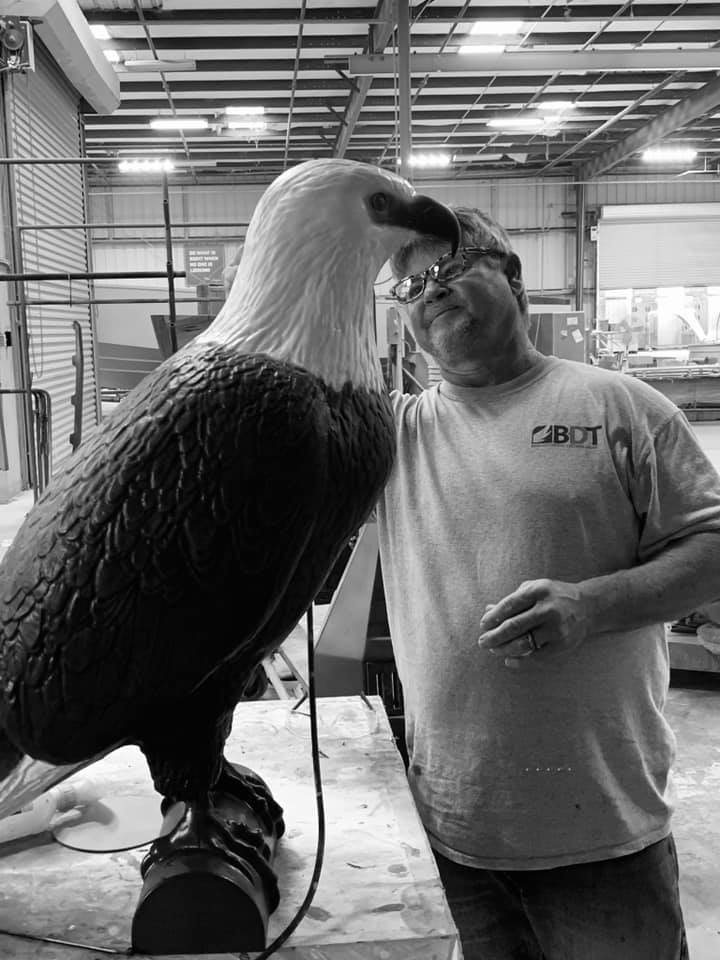
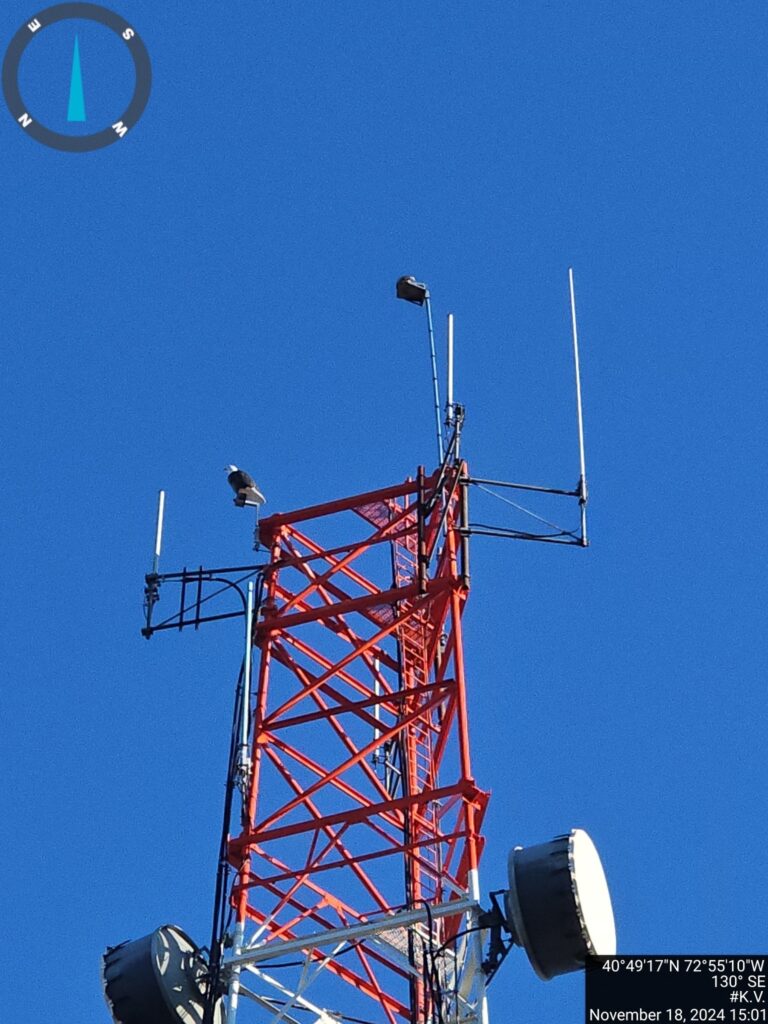
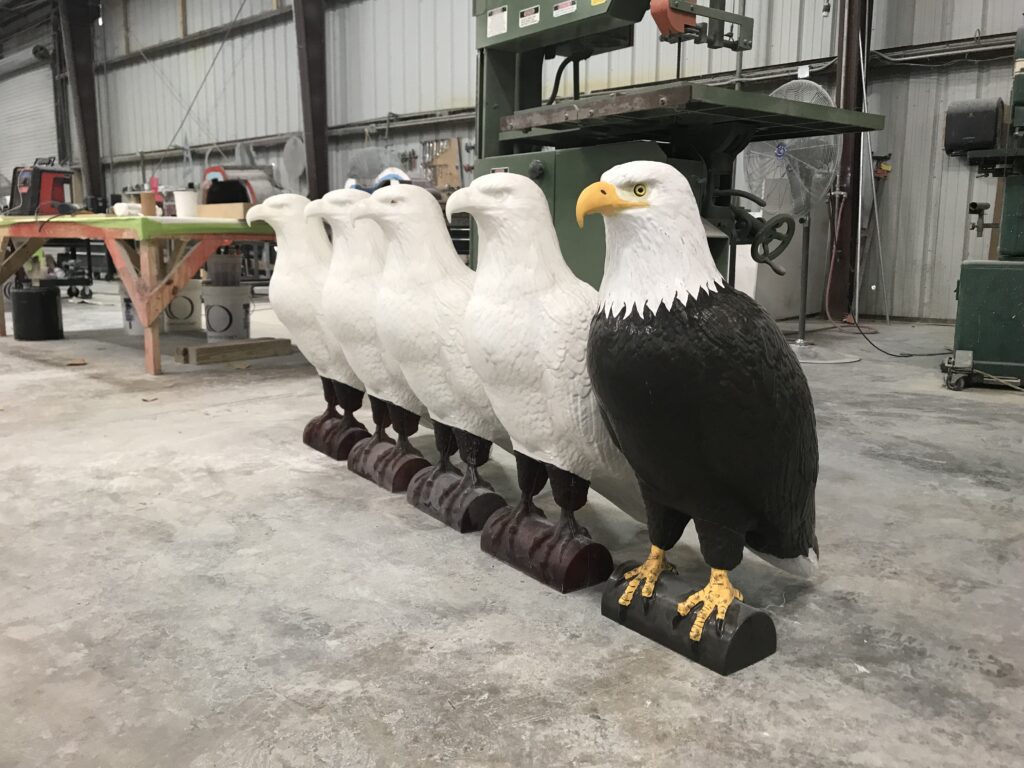
BDT is the leading provider of science-based, field-proven osprey and vulture deterrent products for the cell tower, antenna masts, and powerline tower industries.
Using an eagle decoy is an effective method in many cases to deter ospreys from nesting. Ospreys recognize eagles as natural predators, and the presence of an eagle decoy creates the illusion of danger, discouraging ospreys from nesting in a specific area. However, the method's effectiveness can vary depending on factors like osprey familiarity with the location, local osprey population, and their adaptability to the decoy.
Using an articulating, distressed vulture deterrent/decoy can effectively deter vultures from roosting in most situations. Vultures, as carrion-eating birds, can be discouraged by the presence of a distressed vulture deterrent/decoy, which signals potential danger or distress in the area. This visual deterrent can help protect structures and areas from unwanted vulture roosting.
Some clients have admitted to the loss of service cost to their company due to nesting issues.
In our findings, this is the average seasonal outage for a tower with equipment failure and nesting birds.
Our deterrents do not harm, nor harass protected wildlife.
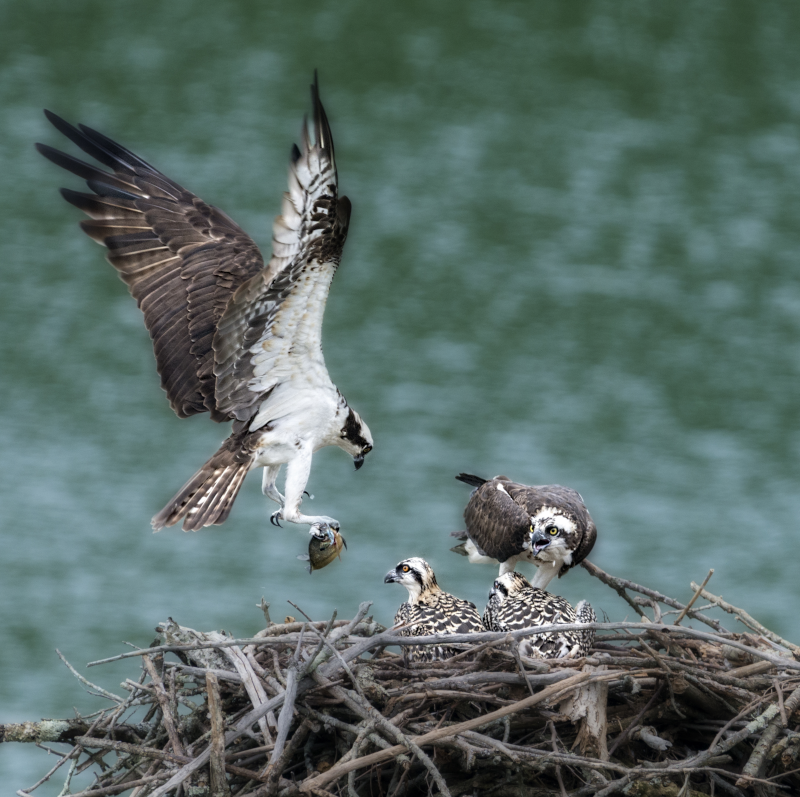
The Eagle effigy from Bird Deterrent Technologies, when mounted on a cell tower or other structure, creates a territorial dispute with other birds of prey to prevent them from nesting on a tower.
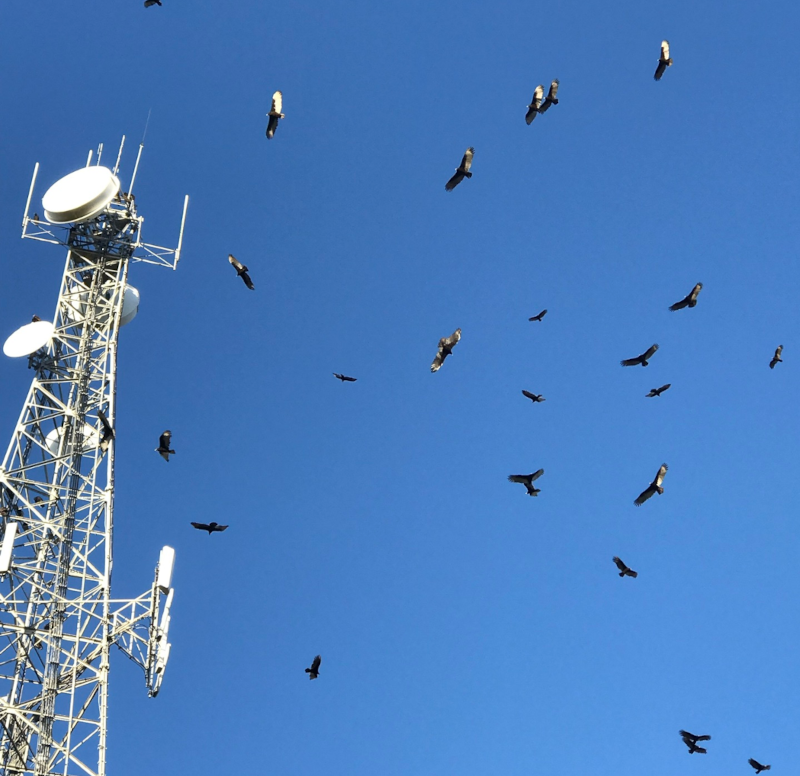
The Vulture deterrent product and Broken Wing Vulture deterrent product from Bird Deterrent Technologies, when properly mounted on a cell tower or other structure, creates an instinctual element of danger for live Vultures wishing to roost.
can be an effective method in some cases, but it may not work in all situations. Eagles are natural predators of ospreys, and the presence of an eagle decoy can create the illusion of danger, potentially discouraging ospreys from nesting in a particular area. However, the effectiveness of this method can depend on several factors, including the osprey’s familiarity with the area, the local osprey population, and the correct installation of the eagle decoy